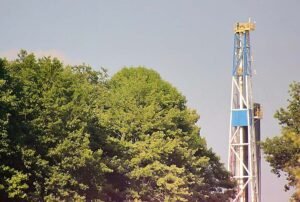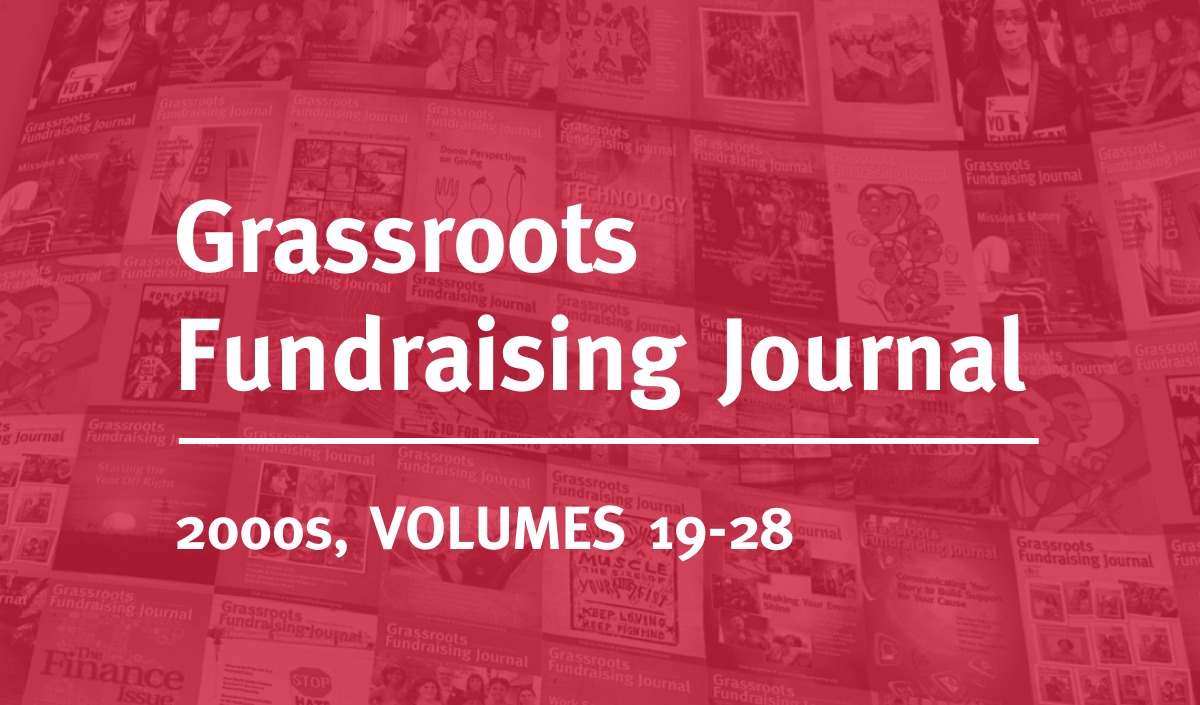September 20, 2011; Source: AlterNet | Can major wildlife and biological diversity conservation efforts co-exist with indigenous populations? Rebecca Adamson, founder of First Peoples Worldwide, has been campaigning to raise awareness about how some Western conservation efforts are wreaking havoc with indigenous populations in Africa, Asia, and South America.
The opening line of her AlterNet article “Are Western Conservation Efforts Causing Famine In Africa?” makes clear that she is no fan of conservation practices as they stand now: “To save the African wilderness, industrialized countries are wrecking indigenous cultures and contributing to starvation.” She argues that “‘conservation’ efforts undertaken by well-meaning industrialized nations are partly to blame” for the drought in the Horn of Africa (a region in northeast Africa comprising Somalia, Ethiopia, Djibouti, and Eritrea).
Adamson charges that conservationists aiming to save the African wilderness have “prohibited hunter-gatherers and pastoralists from their traditional itinerant lives and then after we’ve turned them into farmers, we remove them forcibly from their lands.” To create wildlife preserves, she says, “African governments consciously evicted or prohibited from farming an estimated 1.5 million African indigenous inhabitants in the 1990s alone.”
Sign up for our free newsletters
Subscribe to NPQ's newsletters to have our top stories delivered directly to your inbox.
By signing up, you agree to our privacy policy and terms of use, and to receive messages from NPQ and our partners.
The displacement of these indigenous farmers impoverishes them and their nations, since even the UN has weighed in to say that the farming methods of indigenous peoples, described as “small-scale mixed-use organic farming,” can “deliver the increased yields which were thought to be the preserve of industrial farming, without the environmental and social damage which that form of agriculture brings.” Adamson suggests that letting these indigenous peoples farm their lands the way they have done for decades or even centuries is a much less expensive and less disruptive approach to environmental preservation than “conservation-induced population displacement.” In fact, “today’s indigenous lands contain 80 percent of our remaining biodiversity even though they constitute 24 percent of the world’s surface,” and despite the social and economic dislocation that Adamson charges have made the tenure of indigenous farmers all the more precarious.
To Adamson, large nonprofits are turning “conservation . . . [into] big business—the budgets of non-profits involved in such schemes can dwarf the GDPs of the countries in which they work.” Do NPQ Newswire readers think that it is possible to achieve “double sustainability,” that is, to protect biological diversity and indigenous farmers in conservation areas? Or is this one of those knotty social challenges where every possible action has a deleterious and unavoidable unintended effect?—Rick Cohen













